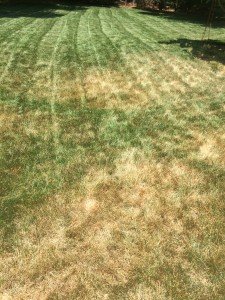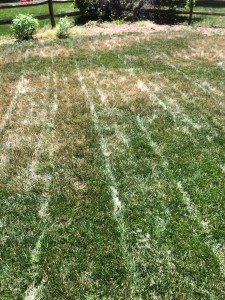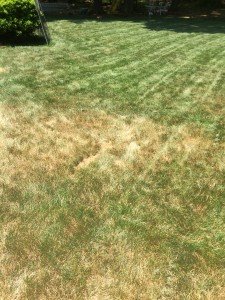Heat Stress
Dave Scher, our branch manager in Charlotte, sent out the following email this morning. Please keep in mind, this information applies to Fescue lawns in all areas. Additionally, it's important to water your lawn, no matter the grass type :).We are seeing A LOT of heat stress on our fescue lawns at this time, but not as much brown patch yet. There is disease, but the vast majority of panicked calls we are getting are due to heat stress. We got a lot of rain this spring combined with unseasonably mild temperatures and that kind of "spoon fed" the turf so that when the rains finally stopped (as they have) and the weather warmed up (as it has) the grass got stressed fast. This will show up in patches as lawns always have hot spots that will show the stress first. Those patches will expand as long as the lawn is not receiving sufficient water. Low areas, those in more shade, will evidence the stress later than those hot spots.The first sign of heat stress is a darkening and thinning of the fescue blade which appears dull and dark bluish-green. As it progresses the blades turn a golden color which means the grass plant is going into a dormancy to protect itself. After that the blades will die and turn a straw color. The good news is that the plant can stay dormant for a good while before dying so that, if the water is applied, there can be a full recovery in as little as a few days.These pictures show the damage of heat stress. If your lawn looks like this, water it! For more information about watering, click here.


